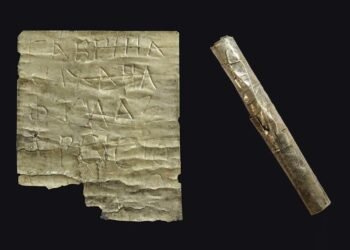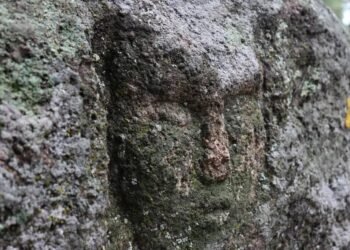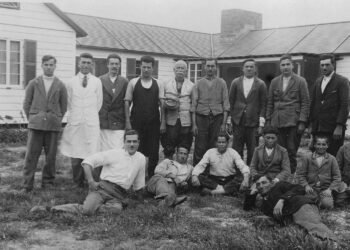In the bustling historic center of Mexico City, archaeologists from Mexico’s National Institute of Anthropology and History have discovered a burial site containing the remains of four Aztec children who were laid to rest approximately five centuries ago.
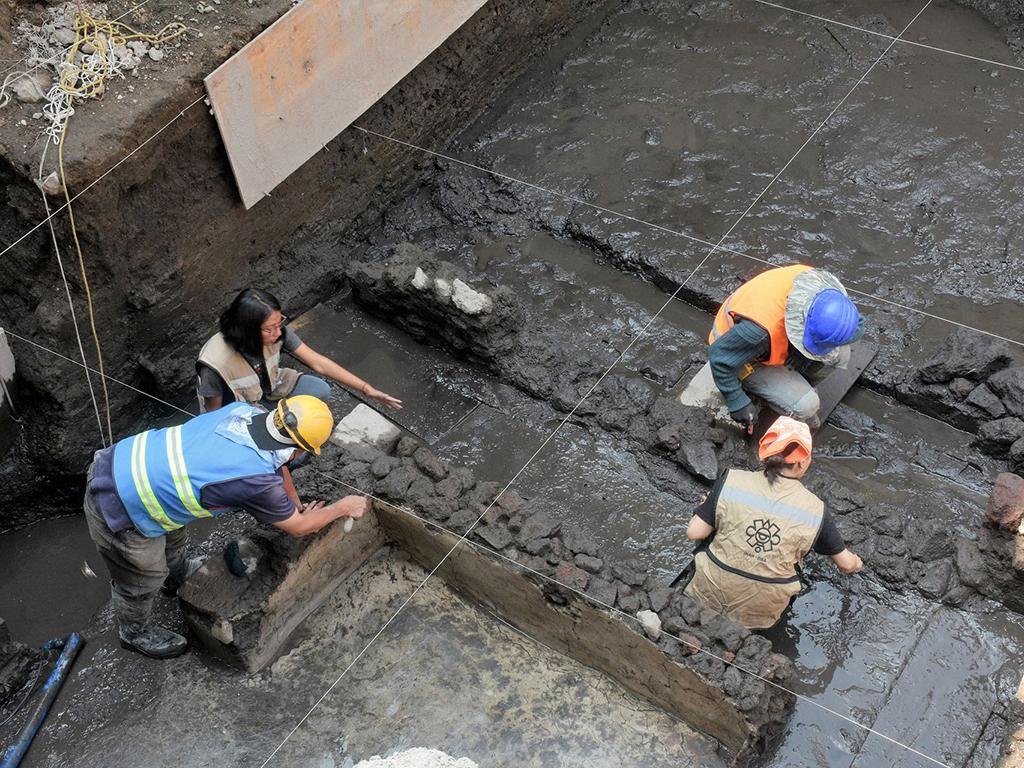
The skeletons were found within what is believed to be a traditional four-room Aztec home dating between 1521 and 1620, the early colonial period of Mexico.
During excavations, researchers also uncovered well-preserved pre-Hispanic artifacts, including clay vases, ceramic pots, and a stone figure of a woman holding a child.
The burial style indicates that the children died from natural causes and were interred in accordance with traditional pre-Hispanic customs, contrary to the Aztecs’ well-known practice of human sacrifice.
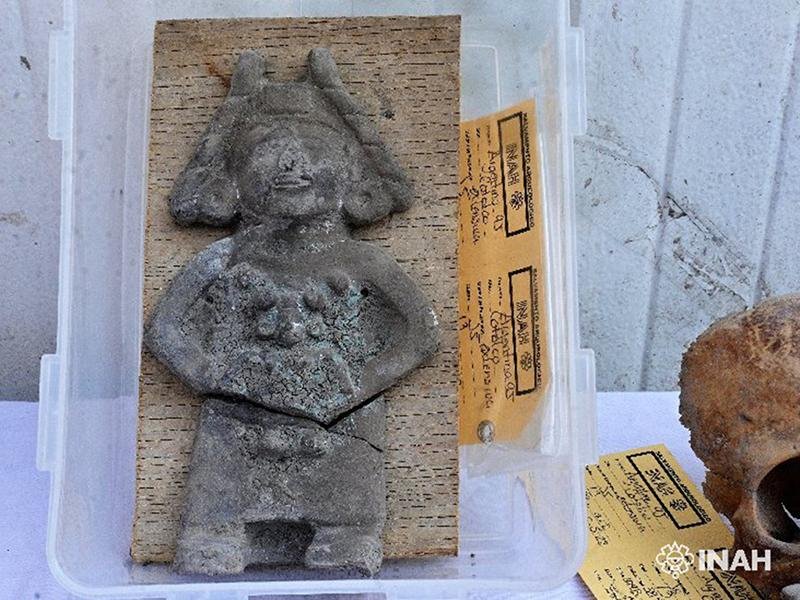
Juan Carlos Campos, the lead archaeologist, explained that after the Spanish conquistadors took control of the Aztec capital of Tenochtitlan, which eventually became Mexico City, the indigenous people faced harsh living conditions and were unable to escape.
Despite the attempts to eradicate Aztec religion and traditions, remnants of their customs and practices continued to endure.
This recent discovery adds to the growing body of knowledge about the Aztec civilization and their cultural practices. It highlights the resilience of certain Aztec customs during a time of great upheaval and transition brought about by Spanish colonization.
Archaeologists in Mexico City have been uncovering various remnants of the Aztec culture over the years. In December, the remains of an elaborate Aztec altar were found near Garibaldi Plaza, a well-known site for mariachi music and festivities.
The Aztecs once ruled over a vast empire that stretched from the Gulf of Mexico to the Pacific Ocean, covering much of central Mexico as it exists today. However, in 1521, the Spanish conquistador Hernan Cortes conquered Tenochtitlan, marking the end of Aztec dominance.
 |  |
A detail of the skull of a child, which presents Cribra Orbitalia (a disease associated with malnutrition). Credit: Juan Carlos Campos Varela/INAH | |
Following the conquest, the Spanish forcibly relocated the indigenous Mexican population to the outskirts of the city, reserving the central areas exclusively for Spaniards. They swiftly banned most pre-Hispanic ceremonies and religious practices.
Pope Francis acknowledged the Catholic Church’s past actions and expressed apologies to Mexican bishops last year, recognizing the painful errors committed during that period.
The burial site of the four Aztec children, serves as a reminder of the complex and multifaceted history of Mexico, shedding light on the lives and experiences of its indigenous inhabitants during a pivotal period in the nation’s past.







